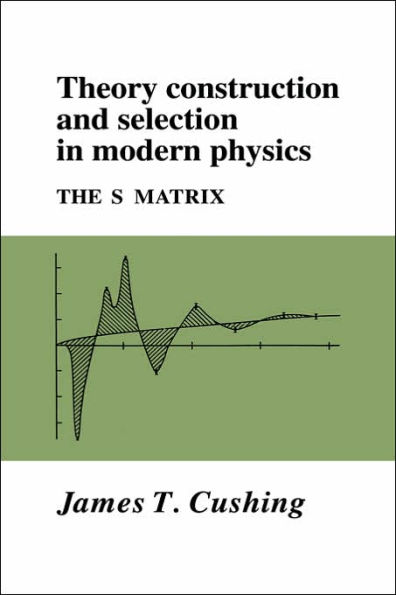5
1
9780521017305



Theory Construction and Selection in Modern Physics: The S Matrix available in Hardcover, Paperback

Theory Construction and Selection in Modern Physics: The S Matrix
- ISBN-10:
- 0521017300
- ISBN-13:
- 9780521017305
- Pub. Date:
- 07/07/2005
- Publisher:
- Cambridge University Press
- ISBN-10:
- 0521017300
- ISBN-13:
- 9780521017305
- Pub. Date:
- 07/07/2005
- Publisher:
- Cambridge University Press

Theory Construction and Selection in Modern Physics: The S Matrix
$121.0
121.0
In Stock

Product Details
| ISBN-13: | 9780521017305 |
|---|---|
| Publisher: | Cambridge University Press |
| Publication date: | 07/07/2005 |
| Edition description: | Revised ed. |
| Pages: | 428 |
| Product dimensions: | 6.02(w) x 8.98(h) x 1.02(d) |
From the B&N Reads Blog
